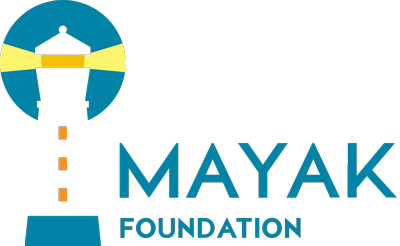what it is
In international law, human trafficking is defined as the recruitment, transportation, transfer, harbouring or receipt of persons, by means of the threat or use of force or other forms of coercion, of abduction, of fraud, of deception, of the abuse of power or of a position of vulnerability … for the purpose of exploitation.
Who it affects
Men, women and children are recruited, tricked and forced into slavery all over the world, whether in factories, brothels, begging on streets, or to sell their organs. The UN estimates that there are 2.4 million victims at any one time. Human trafficking is the fastest growing criminal industry in the world, and joint with arms trafficking as the second most profitable.
The russia route
After the collapse of the Soviet Union, traffickers exploited the new, more open borders and people’s desire to go West. The former Soviet Union quickly became the region with the second highest scale of human trafficking, after Southeast Asia. 500,000 women are estimated to have been trafficked out of Russia in the last two decades – around 30-60,000 each year.
As well as being a supply country, Russia also acts as a transit route for victims being trafficked into Europe from the Middle East or Asia. Moreover, it is a destination country in itself. People are trafficked into Russia from the states of the former Soviet Union, from Africa and Southeast Asia; and Russians are trafficked to the bigger cities from smaller towns and villages. They become trapped in situations of sexual, labour, domestic and begging slavery. Very few ever escape.
the sex trade
In the sex trafficking industry, women are commonly tricked into travelling to another country or city in expectation of a good job, then their passports are confiscated and they are forced into prostitution. Others knowingly enter sex work, but are promised high wages and freedom to choose their clients, then discover that they are denied their freedom, abused, and paid little or nothing at all. Even those who consider themselves free are often exploited: manipulated and abused by their ‘protectors’, held in debt bondage or by threats to their family, or kidnapped by traffickers masquerading as clients.
Moreover, the sex trade is one of the biggest drivers of the HIV/AIDS epidemic worldwide. Even if they escape, many survivors of sex trafficking and exploitation will have to live with chronic and life-threatening illnesses.


